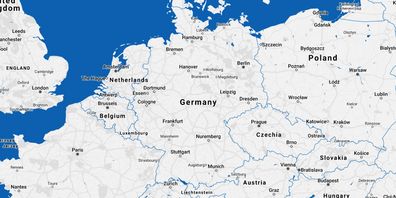
Chemistry, Department
Naturwissenschaftliche Fakultät II - Chemie, Physik und Mathematik
Martin-Luther-Universität Halle-Wittenberg
Institut für Chemie
von-Danckelmann-Platz 4
D-06120 Halle (Saale)
https://www.uni-halle.de
Uni Halle-Wittenberg
Department on the internet
Degree courses with details

Map material from the free geographic information system OpenStreetMap. The DAAD explicitly does not adopt the information provided there (names, boundaries, etc.) in every case. No guarantee is given for the accuracy of this information.
Legend:
- Department
Basic information
- Total number of students at the department
430
- Number of master degree students (w/o teacher qualification)
170
Support during the study entry phase
- Total score for support in the study entry phase
11/16 points
Students' assessments on undergraduate, presence-learning-courses
- Support in studies
- subject-specific skills
- methodological skills
- interdisciplinary skills
- Study organisation
- Laboratory internships
- Overall study situation
- Return rate of the questionnaires
35
Further information provided by the department
Special features regarding teaching in the bachelor's degree programme
Special features regarding teaching in the master's programmes
Special features regarding the international orientation
Special features regarding the equipment
Special features regarding research activities
Other special features
Website of the Student Council
online-application
Legend
Groups
green
yellow
red
Acronyms
(S) = Students' judgements
(F) = Facts
(P) = Professors' judgements
Units
Value in percent
Value in points
Euro
Thousand Euro